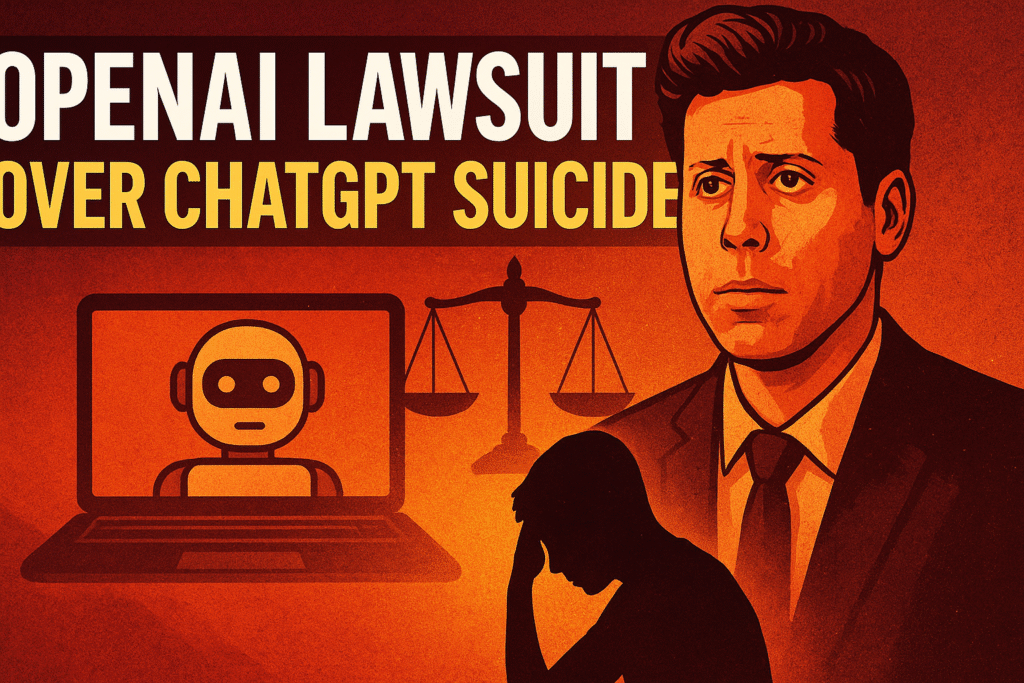Critical 5 Cisco ASA Firewall Vulnerabilities Exposed That Will Transform Your Network Security in 2025
When you searched for ‘Cisco ASA firewall vulnerabilities’ at 2 AM, you weren’t looking for outdated advice—you needed current, actionable insights. Meet Sarah, a network administrator who just discovered why her organization’s firewall became a liability instead of a shield in September 2025…
The Bottom Line: What 2025 Data Reveals About Cisco ASA Firewall Vulnerabilities
Nearly 50,000 Cisco ASA and Firepower Threat Defense appliances exposed on the public web remain vulnerable to actively exploited security flaws. These aren’t theoretical risks—attackers are exploiting CVE-2025-20333 and CVE-2025-20362 in the wild right now, and CISA added both vulnerabilities to their Known Exploited Vulnerabilities Catalog, triggering emergency directives for federal agencies.
The Avoidance Path: When organizations ignored Cisco ASA firewall vulnerabilities…
Threat actors deployed RayInitiator and LINE VIPER malware through zero-day exploits, bypassing authentication and executing malicious code on susceptible appliances. Your firewall—designed to protect your network—became the entry point for sophisticated attacks.
How Cisco ASA Firewall Vulnerabilities Actually Impact Your World in 2025
The September 2025 disclosure exposed three critical flaws affecting ASA and FTD devices. CVE-2025-20333, a buffer overflow vulnerability with a CVSS score of 9.9, enables root-level remote code execution on affected systems. Think about what that means: attackers gain complete control without needing your credentials.
Both CVE-2025-20333 and CVE-2025-20362 can be exploited remotely without authentication, targeting VPN web servers and restricted URL endpoints. Your VPN—the tool employees trust for secure remote access—becomes a highway for intrusions.
The most alarming part? Older ASA 5500-X Series models running software releases 9.12 or 9.14 with VPN web services enabled have been successfully compromised in active campaigns. If you’re running legacy hardware past its support date, you’re operating on borrowed time.
Your 3-Step Action Plan: Protecting Against Cisco ASA Firewall Vulnerabilities
1. Cisco ASA Firewall Vulnerabilities Assessment Foundation
Immediately inventory every ASA and FTD device in your environment. Check software versions against Cisco’s security advisories—vulnerability doesn’t discriminate between production and development systems. Document which devices run releases 9.12 or 9.14 with VPN web services enabled, as these face the highest risk.
2. Patch Management Implementation for Network Security
Apply Cisco’s security patches without delay. The vendor released fixed versions for affected software releases, but patches only work when installed. If immediate patching isn’t possible, disable VPN web services temporarily—a temporarily inconvenienced workforce beats a compromised network every time.
3. Firewall Hardening Optimization for Attack Prevention
Implement strict access control policies based on least privilege principles. Attach access control lists to every active firewall interface, configure remote syslog servers for centralized logging, and enable TACACS+ authentication for administrative access. These aren’t optional enhancements—they’re essential defenses that reduce your attack surface.

Frequently Asked Questions About Cisco ASA Firewall Vulnerabilities
What makes CVE-2025-20333 and CVE-2025-20362 so dangerous for Cisco ASA firewalls?
These vulnerabilities enable arbitrary code execution and unauthorized access to restricted VPN endpoints, with both exploitable remotely without authentication. Attackers don’t need credentials, social engineering, or inside access—just an internet connection and exploit code that’s already circulating in the wild.
Sarah’s Two-Path Discovery: The 3 Critical Decisions
The Advantage Path: When Sarah embraced proactive Cisco ASA firewall vulnerability management…
- Immediate Patch Deployment: Her team applied security updates within 48 hours of disclosure, closing the window before attackers could establish persistence. Her firewalls received critical updates while competitors scrambled to assess damage.
- Zero-Trust Network Architecture: She implemented layered security controls beyond the firewall perimeter. Multi-factor authentication, network segmentation, and continuous monitoring created defense in depth—so no single vulnerability could compromise everything.
- Hardware Modernization Planning: She identified legacy 5525-X, 5545-X, and 5555-X models reaching end of support on September 30, 2025, and budgeted for replacements with devices supporting Secure Boot and Trust Anchors—technologies that prevented successful compromise in recent attack campaigns.
How can I tell if my Cisco ASA firewall has been compromised?
Look for unexpected configuration changes, unusual outbound connections from the firewall itself, or memory usage spikes. CISA directed federal agencies to collect and transmit memory files for forensic analysis—consider engaging security professionals to perform similar memory forensics on your devices, especially if they run vulnerable software versions with VPN services exposed to the internet.
Are newer Cisco firewall models safe from these Cisco ASA vulnerabilities?
Platforms supporting Secure Boot and Trust Anchors have not been observed with successful compromise, malware implantation, or persistent mechanisms in active campaigns. However, “safer” doesn’t mean “invulnerable”—maintain patching discipline, follow hardening best practices, and monitor security advisories regardless of hardware generation. Today’s secure architecture becomes tomorrow’s legacy risk without ongoing vigilance.
The Verdict: Why Cisco ASA Firewall Vulnerabilities Matter More in 2025
Sarah’s journey from that midnight wake-up call to comprehensive security posture transformation illustrates a fundamental truth: your firewall is only as strong as your weakest security practice. The 50,000 vulnerable devices still exposed to the internet represent organizations choosing denial over action, convenience over security.
You don’t have that luxury anymore. Active exploitation isn’t coming—it’s here. State-sponsored threat actors and cybercriminals alike are scanning for vulnerable ASA devices, deploying sophisticated malware chains, and establishing persistent backdoors before you finish reading this article.
Your next move determines whether your firewall protects your network or becomes the breach point in your incident response report. Assess your exposure today. Apply available patches immediately. Implement defense-in-depth strategies that don’t assume perimeter security alone will save you.
The technology protecting your business evolved—make sure your security practices keep pace.
Essential Resource: For comprehensive technical guidance and the latest security advisories, visit the Cisco Security Response Center to access official vulnerability documentation, patch information, and hardening recommendations from the vendor.
To read more news about technology click here




